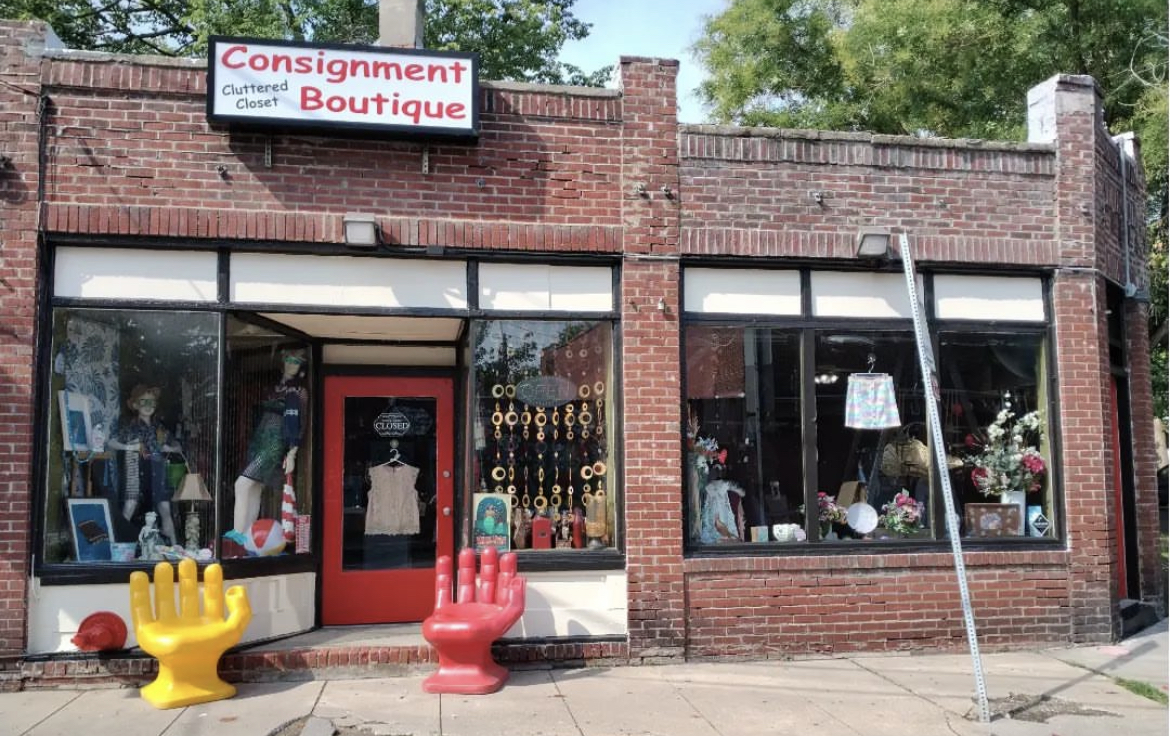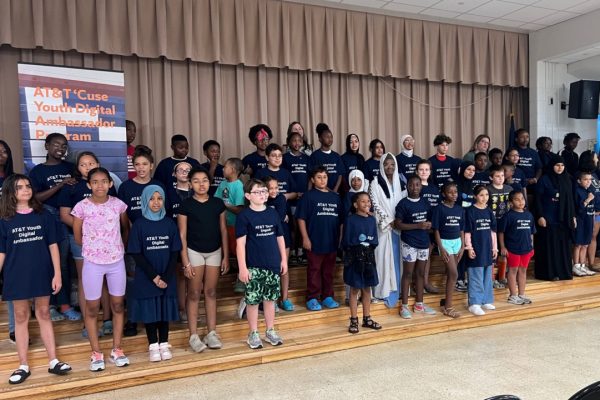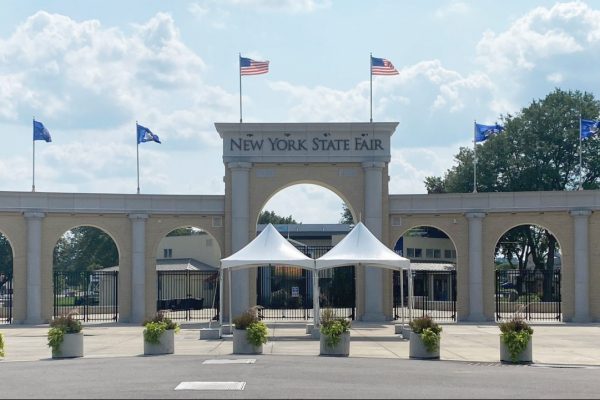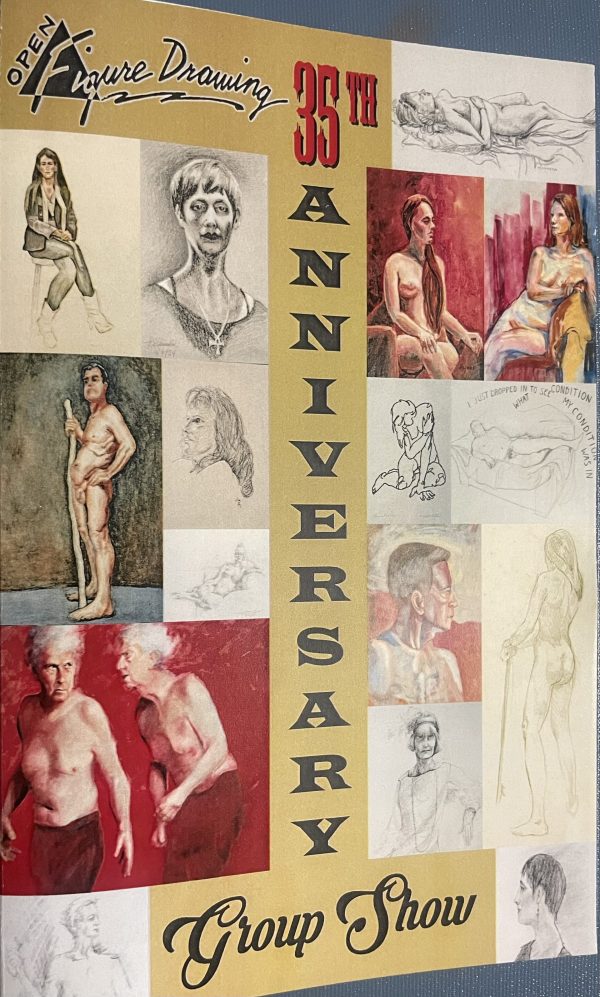
(ANC: Riley)
We are living in an era where fashion is at its worst.
I don’t mean stylistically. If anything, fashion thrives in our current times, with social media fostering subcultures for niche fashion trends or promoting runways, red carpets, and the Met Gala to share designer looks with the world. Style and trend-wise, fashion is okay. But this success is vastly overshadowed by the modern ethical problems of the fashion industry.
Because of an increase in fashion demand, companies like Shein, Zara, and H&M rise. They produce massive amounts of cheap clothes in sweatshops, where the conditions are horrible and the wages for employees are scant. Due to the cheapness of the clothing’s make, complete lack of quality, and how quickly trends come and go on social media, the clothes are often thrown out after a couple of uses. That’s how the United States sees over 34 billion pounds of clothes tossed into landfills each year, according to a study done by Boston University. Doing the math, every year, the average American throws away 100 pounds of clothes. The massive method of industry is called ‘fast fashion.’
Trustworthy stores that make quality clothing may be out of the budget for a lot of people; quality fashion is becoming less accessible. Are there any solutions to such a huge problem?
Actually, there is one. Thrifting.
Shopping at thrift stores is one way people have found to combat the fast fashion craze. The concept of reusing and reselling clothes to give them new life and keep them out of landfills is a great option for consumers trying to help the environment. Resale stores will often be less expensive than bigger clothing retailers too, helping shoppers stay sustainable and eco-conscious within their budget.
One such thrift store in the Syracuse area is Cluttered Closet. The owner, Bree Hess, says it’s nice to be a thrift store in a campus area.
Bree: Actually, it’s really cool because we are in the university area. There’s a lot of college kids to come in particularly in the spring and in the fall. And it’s really great because they come from all over the country, all over the world and it’s really interesting. We meet so many different it is by far the most diverse part of Syracuse.
Riley: The Cluttered Closet opened its doors in 1991.
Bree: Oh my goodness you find stuff that comes in and it was literally created in 1964 and it is still here and it’s still it’s still holding together and the material is so soft and the seams aren’t ripping out. And I’m just appalled at how terrible the quality is now of everything
Riley: Like thrift stores everywhere, the Cluttered Closet does its part to preserve the environment. Bree told us that she too is motivated to keep clothes out of landfills and to reduce America’s textile waste.
Bree: Keeping things out of landfills definitely. They say one man’s trash is another man’s treasure.
Riley: And there is all kinds of treasure to be found. Thrift stores hold everything from clothes to pottery to art to furniture.
Bree: Definitely, you will find things that are more unique. You can find things that are kind of more special, things that have a story. You can also find things that are practical you know that you could find it any like Salvation Army or Goodwill. Obviously the bonuses are you less items are going in the landfills you know from a eco standpoint reusing things and repurposing things is a big deal too. Instead of going to Michael’s and buying buttons, you can come here to a guy a jar of vintage buttons.
And it helps me out, it helps my consignments out and nothing against Micheal but you know. Big box stores- they are populating and their CEO’s are pocketing hundreds of thousands of dollars and i don’t know. I’m all for the little guy and I’m for finding unique and fun things
Riley: Thrift stores stand apart from those big box stores and fast fashion retailers. While the culture surrounding fast fashion may come off as wasteful, thrift stores promote the idea of reusing something, of keeping it around for as long as possible, to protect the environment and consumers’ bank accounts. Opposed to fast fashion, this concept is called sustainable fashion.
Bree: Why not save the planet a little bit. And why not take the chance of seeing something that you might love as much as someone else does and think about the story about the item and where it came from. Or the shirt short and where it came from and think about the person who loved it so much that they hung onto it for 20 or 30 or 40 or 50 years and the fact that it’s still around. Maybe give that a try and think about that for a second.
Riley: More than anything, Bree says, thrift stores and vintage stores keep the love and history imbued in our objects alive. And that love and history is what can bring fashion–and our culture of consumption–from its worst to its best.
Bree: Gaining of knowledge and information about the planet and climate change. I dont wanna get political on it or anything but you know obviously there’s more that we can be doing instead of just buying something off of Amazon like a lamp that cost $10 but it’s only gonna work for 6 months and then what are it gonna do? You’re going to throw it away and buy another $10 lamp. Whereas you can come in, find a great unique vintage lamp that’s probably going to cost a little more but it will last you longer and it won’t end up in a land fill you know because you fall in love with it so you keep it forever and then someone else falls in love with it after.
Produced by Riley Pratt, Naimah Rahman and Katie Nedder




